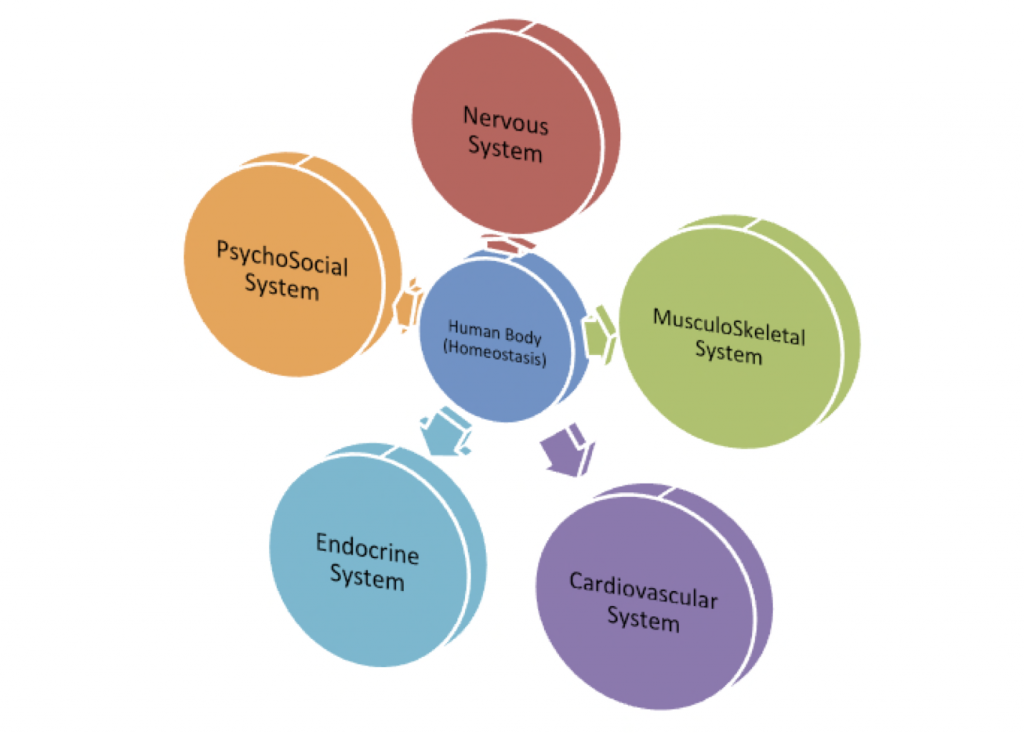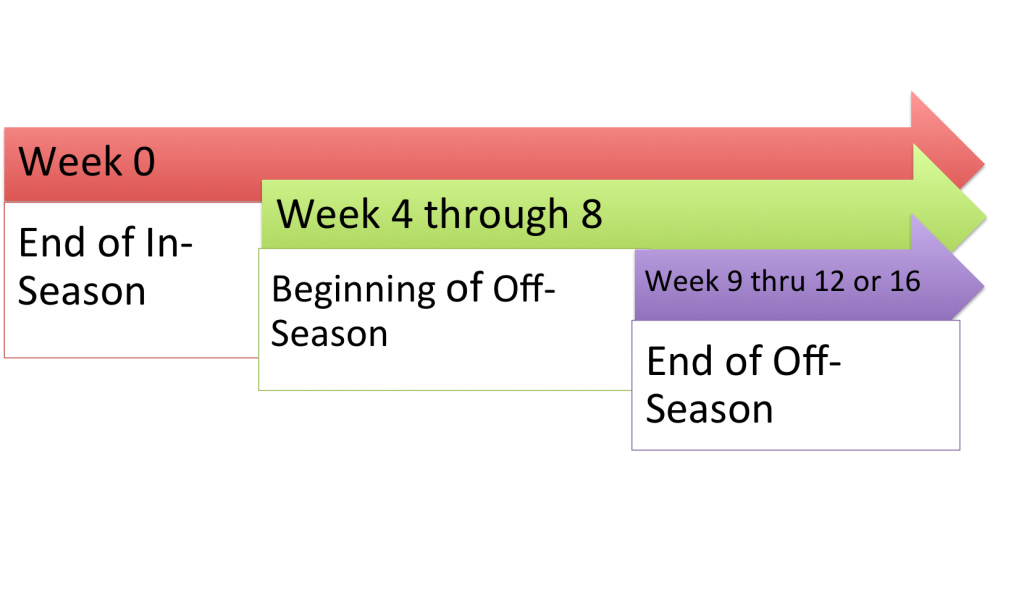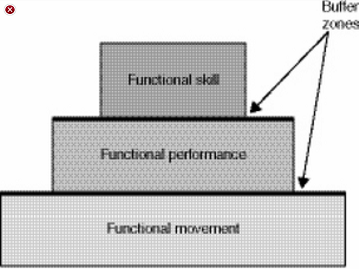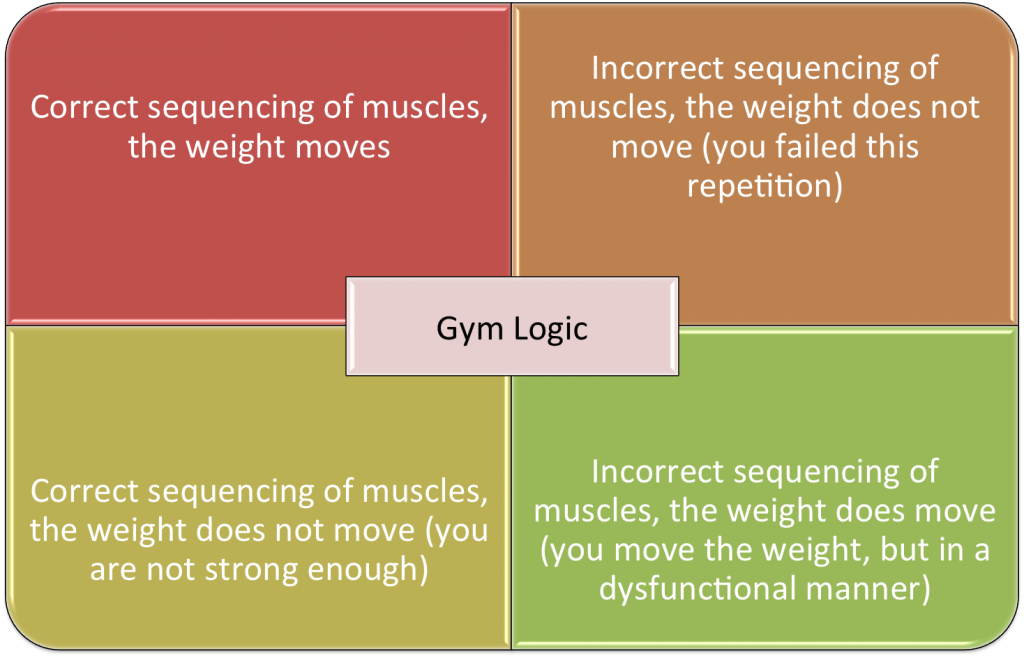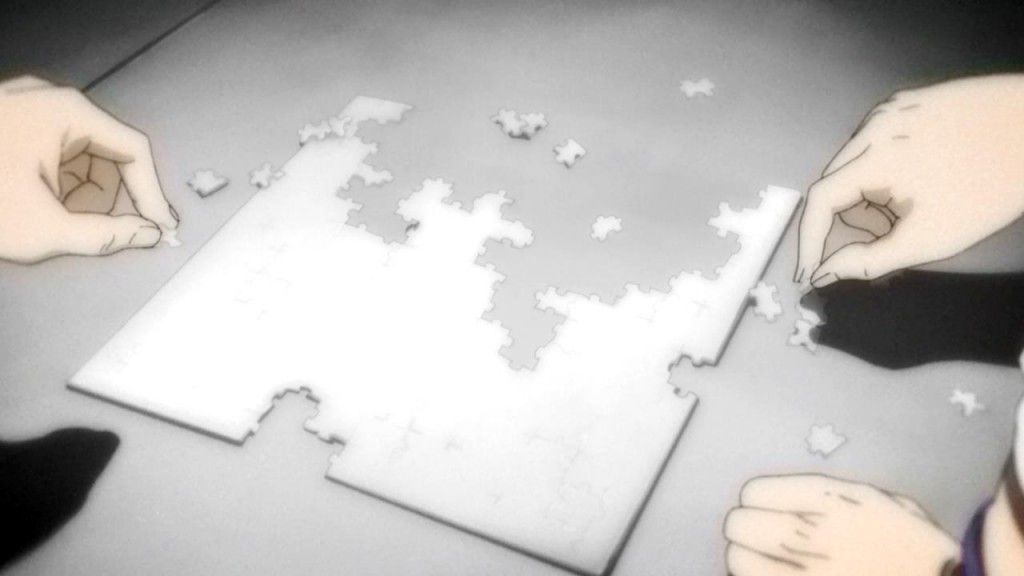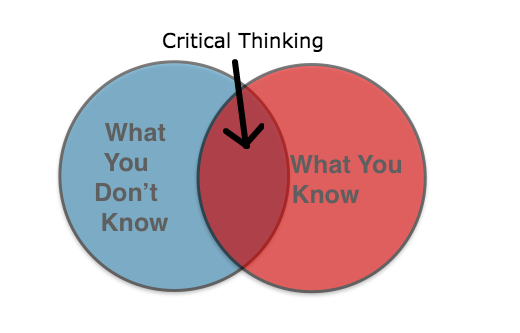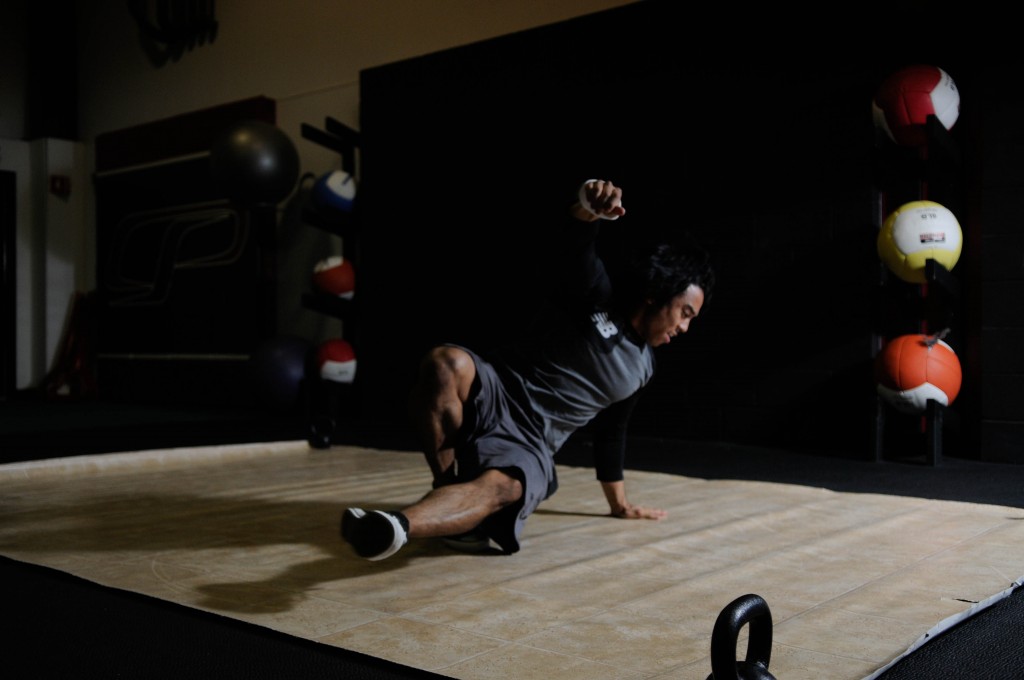Going off of my relatively popular blog post, Things the Hyper-Neurotic (Like Me) Can Do for 30 min for a Better Life (Instead of Making Excuses or Complaining), I decided to make a list of things that a personal trainer or coach can do to make his or her life a little easier.
The life of a personal trainer is relatively straight-forward. It is not a normal 9 to 5 job, where you can drop your paperwork off and any thought of work as soon as you step out of your workplace.
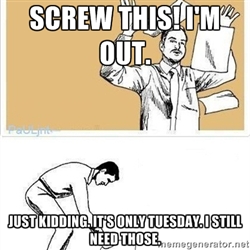
If you’re strictly a commercial gym trainer, you are constantly emailing potential clients to set up their next training session, on top of maintaining a relatively healthy outlook while you juggle commuting, traveling, and the occasional exercise session.
You bring paperwork with you. You have workouts written on your phone. You have a Facebook feed with all sorts of mixed messages. Your after work conversations involve any and all conversations that involve, “I’m trying to lose fat right here (as your significant other’s brother’s girlfriend points to her obliques that don’t need any extra fat to be shed there).”

In fact, the life of a personal trainer, and subsequently any strength coach that works in either the public or private sector, is anything but straight forward.
You work early mornings, sometimes with 5am clients, which means you wake up at 4am, which means you slept at 9 or 10pm the night before, and then continue to work until 11 or 12 noon, then pick it back up with clients by 3 or 4pm until 7 or 8pm at night, and you get home by 9pm.
… which means you haven’t seen any semblance of a normal night out in God knows how long.
No big deal, right? It’s living the dream, because you get to workout and look good doing it. #Sarcasm as all the cool kids would say nowadays.
Well, to put all of that in your proverbial pipe and smoke it, here are 4 ways I’ve discovered to help make life a little less hectic, and improve your work-life balance.
Enjoy!
—-
1. Prepare food for the week.
Cook all of your food for the week in one day. And I mean all of your food – breakfast, lunch, dinner, and even snacks.
Here are all of your steps in a nutshell:
- Buy chicken (or insert meat), veggies, spices, at the supermarket & travel home (10 to 15min)
- Spices, chicken, and throw veggies into microwave or bake/fry/cook/eat raw. (30 sec)
- Bake chicken / cook food. (25 to 30 minutes)
- Throw food into multiple pieces of tupperware. (30 seconds).
- Clean/wash/eat because you’re hungry looking at the chicken. (20 min)
Total Time: Approximately 60 min
And I don’t mean just one pack of boneless, skinless chicken thighs. Go for 6 to 8 pounds at a time.
The old adage of “failing to plan is planning to fail” holds true here. This is because instead of preparing the foods you love for the whole week in one hour or less, you are cooking every night for approximately the same amount of time but everyday instead (so 7 hours used instead of one).
And that is no bueno, mi amigo.
2. Sleep better, if not more.
If you work a lot of gigs to pay the bills, then you’ll need to micro-manage the quality of sleep you’ll get in order to min-max what you can handle.
Get these items in order to min-max your sleep:
A couple of things – this is a free app, I don’t use it, but the idea makes sense. If you live in a busy, noisy area – noise happens. Block it out by getting a white noise, sort of like leaving your TV on back in the day when that black and white channel would come on after a certain amount of time.
I personally use a fan to block out everything. Definitely helps me sleep! I used to have a similar app on my iPad to help me sleep – I liked the crackling fire since, you know, I love sleeping to the sound of a potential fire near me.
Get this App for your iPhone or iPad here.
2. ZMA
ZMA contains three things: Zinc, Magnesium, and Vitamin B6. The magnesium part of this trifecta helps with sleep, but if it is already a part of a trio, might as well get some added benefits.
Also it is non-addicting. So, crush this for better sleep.
3. Melatonin
According to examine.com, “Melatonin is a hormone secreted in the brain that regulates sleep. Oral ingestion of melatonin may be used as a sleep aid. It is non-addictive.”
These guys are a lot smarter than me when it comes to nutrition, so I might blindly listen to them when it comes to helping me sleep better in less time.
4. Sleep Mask
Sleep masks are crucial for blocking out light, especially if you don’t have a blackout curtain (see below). The idea of blocking out light is that your eyes can still sense light through your eyelids.
Don’t believe me? Shine the flashlight of your phone in front of your closed eyes and tell me that doesn’t get annoying after 0.2 seconds.
Now try to sleep with the lights on, and I guarantee that your sleep quality will be significantly reduced.
If you have claustrophobia, this is probably not a good idea for you on the other hand. Unless you like facing your fears, quite literally.
5. Blackout Curtain
If you live in a room with windows (hopefully you do – otherwise you should be expecting your letter from Hogwarts relatively soon after your 13th birthday), you may have the pleasure of having the sun enter your room when during the day.
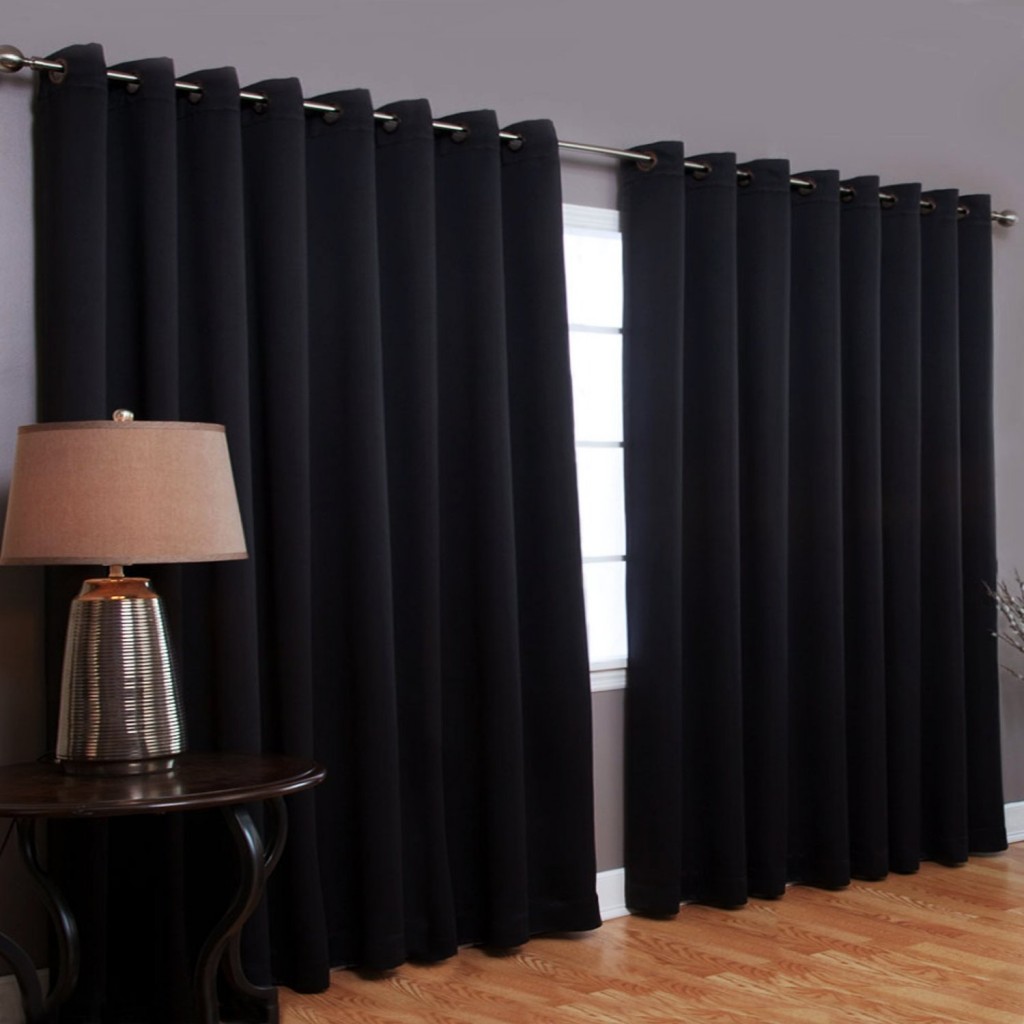
However, at night, you have this thing you need to pay attention to called your circadian rhythm that is regulated by temperature, light availability, along with other biological mechanisms.
Get your own blackout curtains here.
6. Plan for one day to catch up on sleep.
This is key, because crushing 4 hours of sleep everyday, while do-able, can lead to lack of thinking, lack of creativity, lack of remembering where you left your tupperware, forgetting where you placed your keys, and for the love of everything Holy where is my caffeine?

Did I say lack of sleep leads to general crankiness?
This is, of course, assuming you are not always packing a back pocket of sunshine and rainbows no matter how little sleep you get.
——
3. Get Your Education in the Form of Books/Podcasts/and Calls with Your Peers
If you’re unable to attend the newest and fanciest seminars across the nation, who is to say you can’t call your friend that went to that seminar and ask them to discuss with them what happened and what went down?
Further, if you’re traveling for 15 to 30 minutes at at time, who is to say you can’t crush some podcasts or audio books?
I recently bought an Audible account – and I am an idiot for waiting this long to do so. I’ve listened to three more books that I wouldn’t have digested otherwise. Sure, I can’t take notes when I’m driving, but I can make “Notes” with the help of a voice-to-text option.
If you’re looking to be the top in your field, you need to find some way to be on the cutting edge, and this is just another method towards doing so.
4. Skip a Warm-Up
If you’re truly working to get ahead in some capacity, it may be difficult for you to get a full on foam rolling session (10 minutes), dynamic warm-up (5 to 10 minutes), warm-up sets (if training for strength) then the actual work sets, which can take anywhere from 30 minutes to 1.5 hours (seriously, I’ve done it before). Now add in some accessory exercises (30 minutes), and the fact that you now need to hobble on out of the gym you just used every weight and barbell in, and you have a grand total of 150 minutes, or 2 hours and change of working out.
Well, if you skip the overall general warm-up (lunges, skipping, jumps, sprinting) and all you are really trying to do is look good, maintain appearances, and slightly improve upon your strength levels, who says you need to do a full on warm-up?
Do this super simple warm-up such as this.
- Foam Roll Your Back, Legs (~30 sec) – for everything, that’s it.
- Spiderman Lunge with Hip Lift & Rotation – 4/side (~20 sec)
- High Knee Skip or Jump Rope – 4x or 20 reps
Fin.
Barbell is in your hands for your first warm-up set in less then 2 to 4 minutes. Now continue to use an empty barbell, then load up 25lbs on each side, or 45lbs if lower body, and go from there. You should be in your working sets in less than 10 minutes, which effectively cuts about 25% of your time working out on the optimal portion of working out on some of the more ancillary items.
This is to not de-value or not place a priority on movement quality, tissue extensibility, or even improvements in motoric learning as you go from Point A to Point B, but rather it is to place an emphasis on your time – something that we all theoretically don’t have much of!
—-
I’d recommend giving one of these items a shot because they help restore some balance in a world that demands more time, energy, and attention than ever before. The indecision making process is what kills some people, so hopefully by providing these solutions, you can conserve some energy in your everyday endeavors.
At the end of the day, save some time for yourself and condense your work when possible. Cook at the same time your laundry is going. Take a cat nap in between clients.
If you’re at a time in your life when you need to quite literally hustle, well then own it and don’t worry what everyone and their mother thinks about you and your “hustle” – this shit is real and you want to get better, so let’s do it together, and be smart about it.
As always,
Keep it funky.



